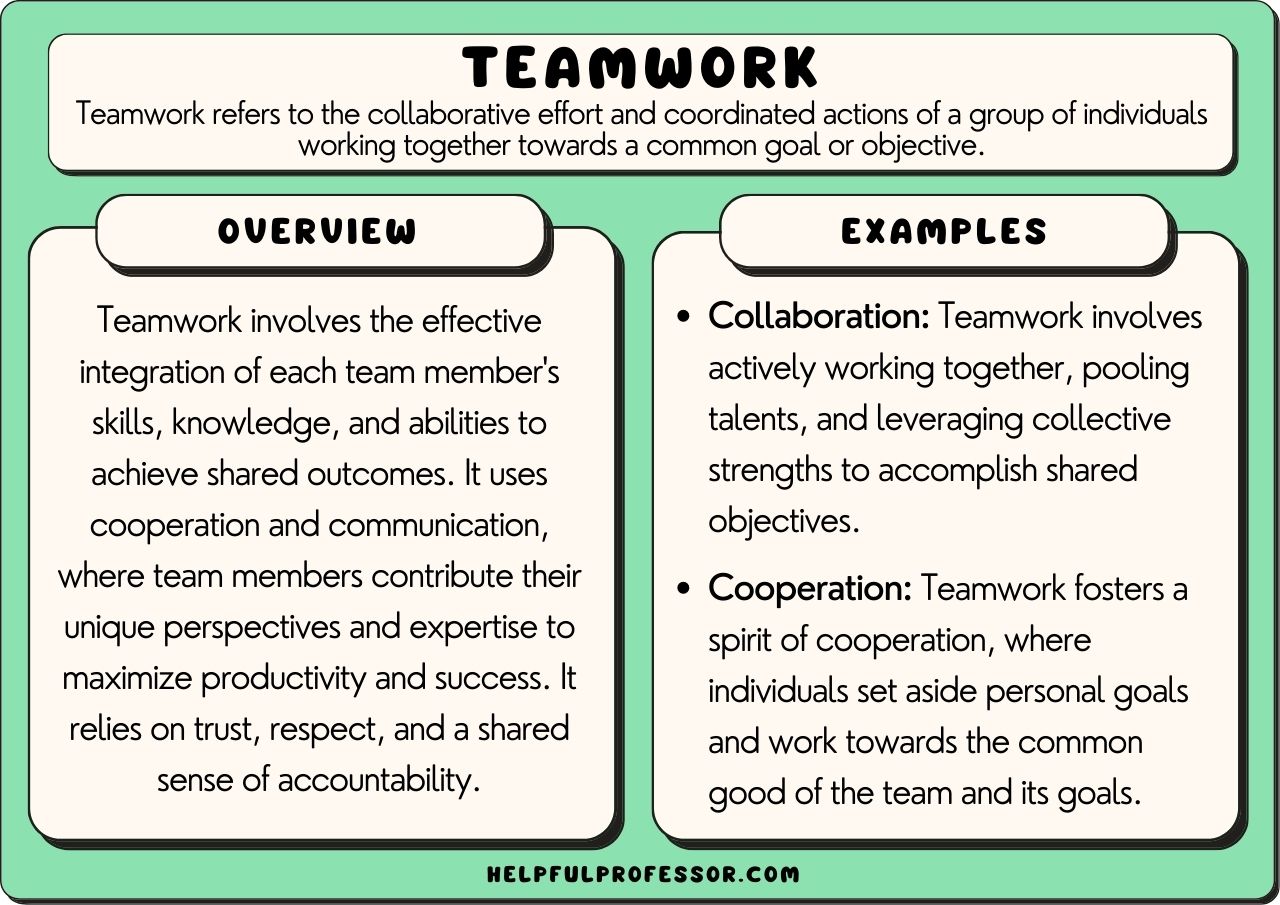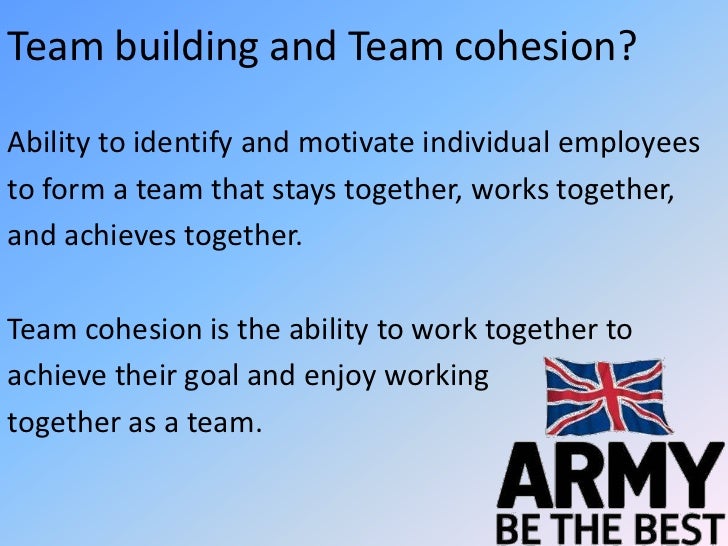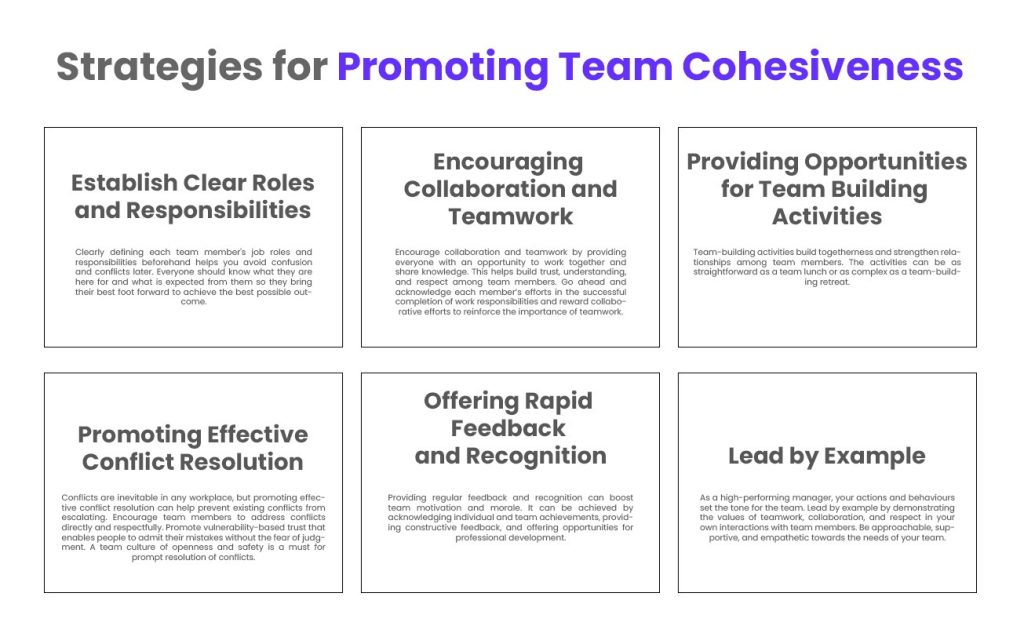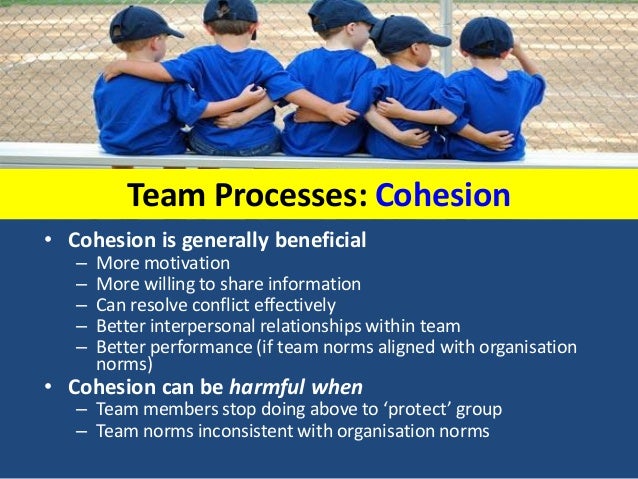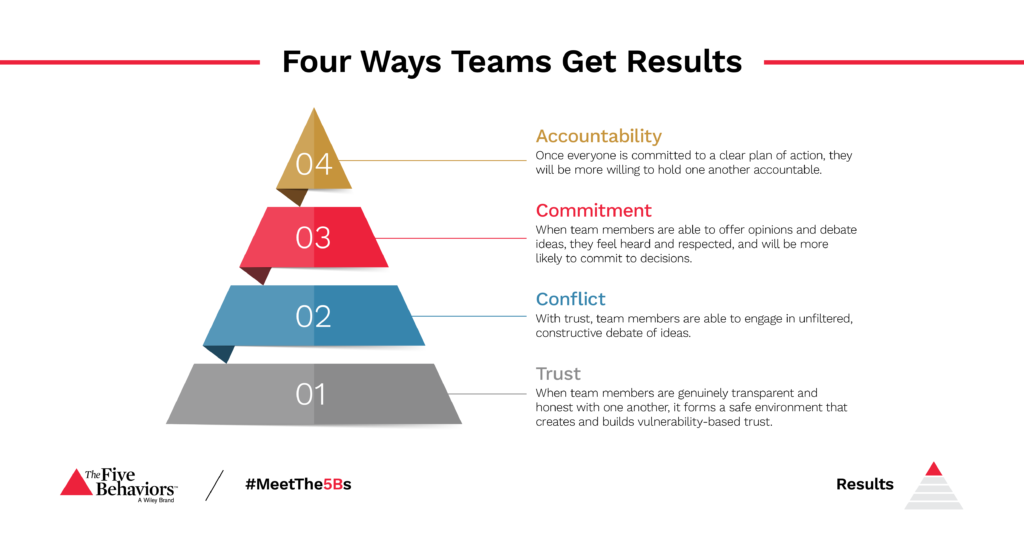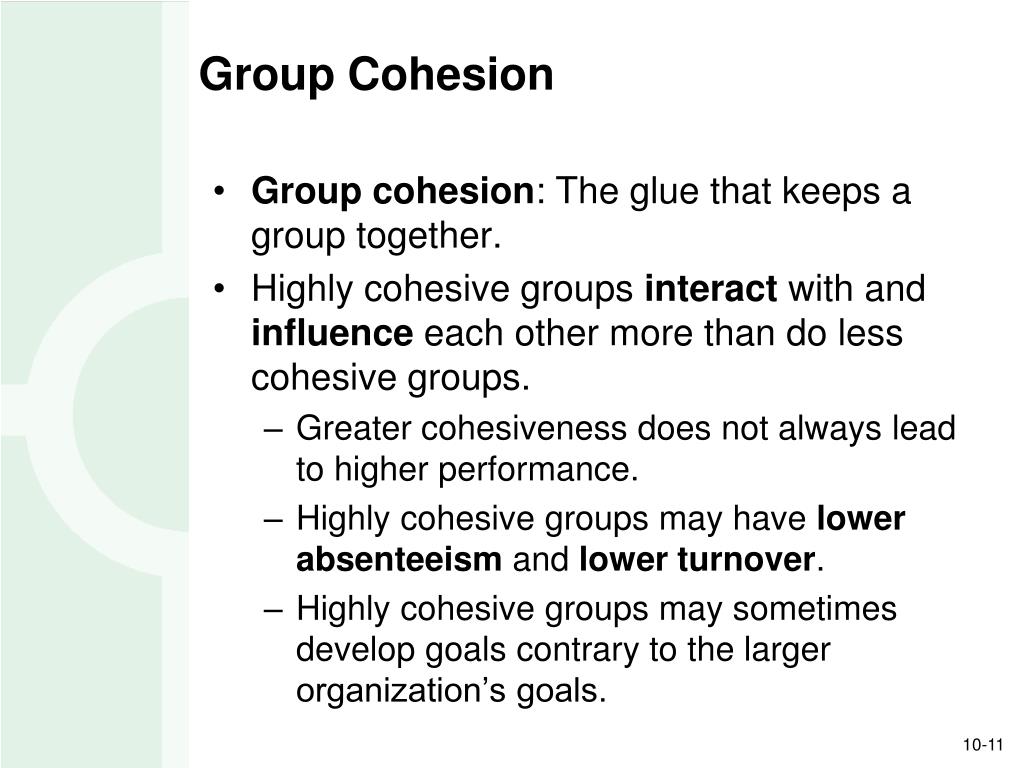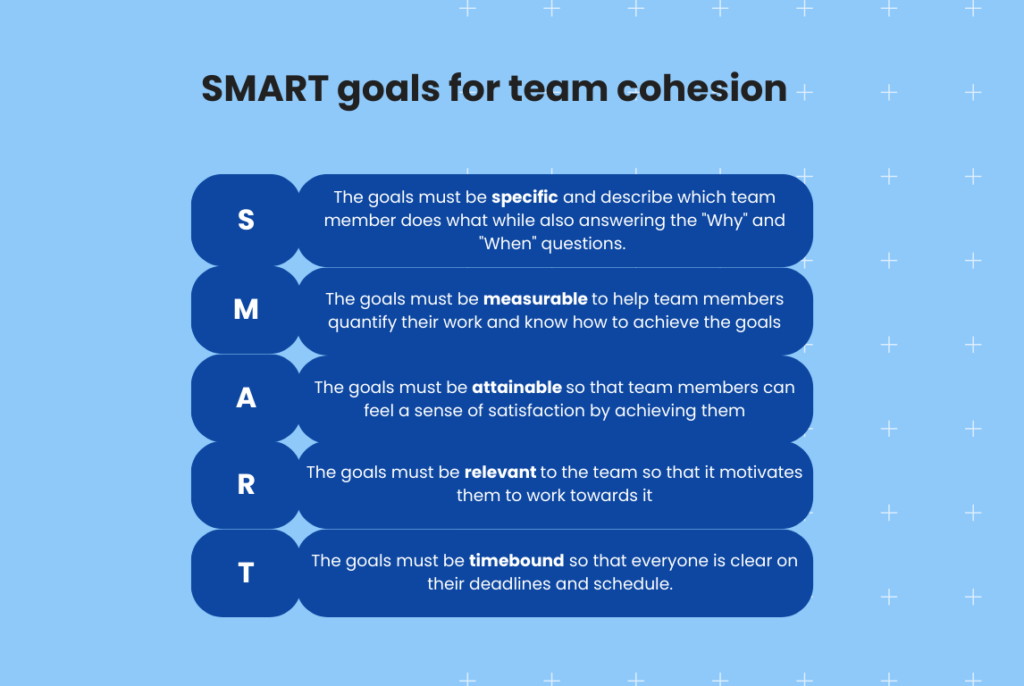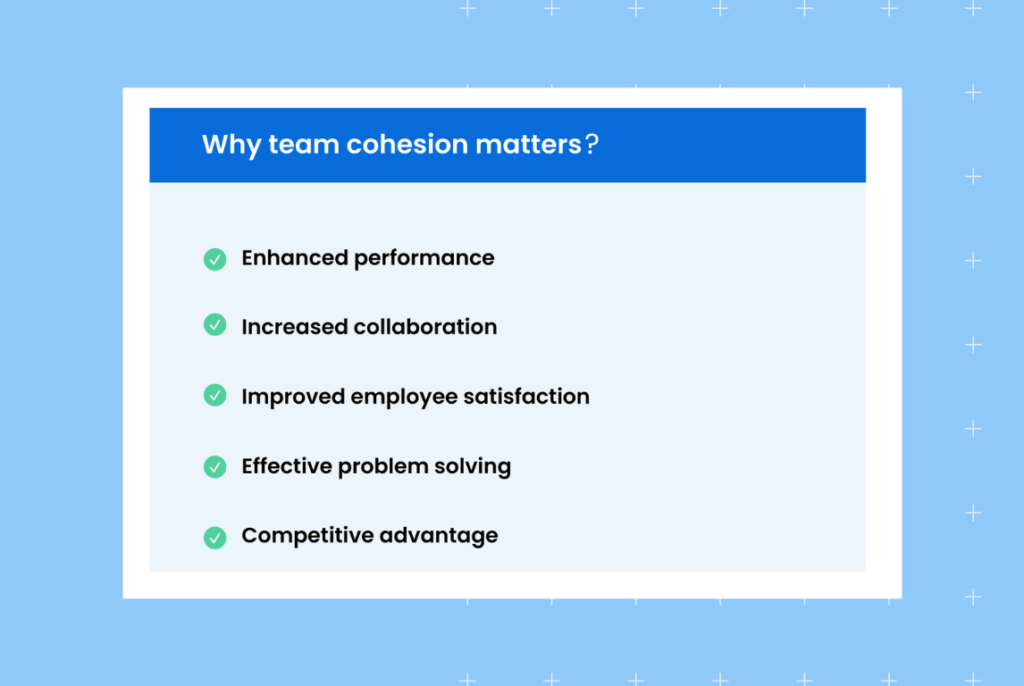Examples Of Good Team Cohesion In The Public Services

In the high-stakes arena of public service, where lives often hang in the balance and communities rely on unwavering support, the strength of a team is paramount. A cohesive unit can mean the difference between a successful rescue operation and a tragic failure, a smoothly functioning government agency and bureaucratic gridlock.
Team cohesion, defined as the degree to which team members are attracted to each other and motivated to stay on the team, is not merely a desirable attribute but a critical ingredient for effective public service. This article explores instances where exemplary team cohesion has demonstrably improved outcomes within various public service sectors, drawing on official reports, academic research, and real-world examples. We will examine the characteristics that foster such cohesion and the positive impact it has on service delivery, crisis management, and overall public trust.
Emergency Response: A Symphony of Skills
The aftermath of Hurricane Harvey in 2017 provides a stark example of the power of cohesive teamwork. Faced with unprecedented flooding in Houston, Texas, various agencies, including the Coast Guard, FEMA, and local fire departments, demonstrated remarkable collaboration. Official reports detailed how pre-established relationships and joint training exercises facilitated seamless communication and coordination during the crisis.
The US Coast Guard, in particular, highlighted the importance of cross-training and interoperability in their after-action reports. This allowed different teams to understand each other's roles and responsibilities, leading to faster response times and more effective rescue operations. The ability to quickly integrate volunteers and community groups into the response effort further underscored the cohesive spirit that permeated the operation.
Law Enforcement: Building Trust Through Collaboration
In law enforcement, team cohesion extends beyond internal agency dynamics to encompass relationships with the communities they serve. The implementation of Community Policing initiatives in cities like Seattle, Washington, showcases how building trust and fostering collaboration between police officers and residents can lead to improved public safety.
These initiatives involve creating opportunities for officers to engage with the community through neighborhood meetings, youth programs, and collaborative problem-solving sessions. Research from the Department of Justice indicates that such efforts, when implemented effectively, can foster a sense of shared responsibility for public safety and reduce crime rates.
Furthermore, internal cohesion within law enforcement agencies is crucial for officer well-being and morale. Programs that promote peer support, mentorship, and leadership development can help to create a more supportive and cohesive work environment, reducing stress and improving officer retention rates.
Healthcare: Integrated Care for Complex Needs
The delivery of healthcare, especially in the public sector, often requires a multidisciplinary approach involving doctors, nurses, social workers, and other allied health professionals. Cohesive teamwork is essential for providing integrated care to patients with complex medical and social needs.
The Veterans Health Administration (VHA) has implemented several initiatives to promote team-based care, focusing on improving communication, coordination, and shared decision-making among healthcare providers. These efforts have led to improved patient outcomes, reduced hospital readmission rates, and increased patient satisfaction.
One example is the VHA's Patient Aligned Care Team (PACT) model, which emphasizes a collaborative approach to primary care. PACTs consist of a primary care physician, a nurse care manager, a clinical associate, and an administrative clerk, who work together to provide comprehensive and coordinated care to a panel of patients.
Education: A United Front for Student Success
In education, team cohesion among teachers, administrators, and support staff is a key factor in creating a positive and supportive learning environment for students. Schools that foster strong teamwork are more likely to see improved student achievement, reduced disciplinary problems, and higher teacher retention rates.
The implementation of Professional Learning Communities (PLCs) in schools across the country is one strategy for promoting team cohesion among educators. PLCs provide a structured forum for teachers to collaborate on curriculum development, instructional strategies, and student assessment.
Research from the National Education Association (NEA) suggests that PLCs can be effective in improving teaching practices and student outcomes when they are implemented with fidelity and supported by school leadership. By working together collaboratively, teachers can create a more cohesive and effective learning environment for all students.
Moving forward, prioritizing initiatives that foster collaboration, communication, and shared purpose is vital. Investing in training programs that emphasize teamwork skills, promoting inclusive leadership styles, and creating opportunities for cross-functional collaboration will be crucial for building and maintaining cohesive teams within public service.
Ultimately, the strength of our public services lies not just in individual competence but in the collective capacity to work together effectively. By recognizing and nurturing team cohesion, we can enhance the delivery of essential services, build stronger communities, and foster a more resilient and responsive public sector. A cohesive team is the cornerstone of effective public service, and its value cannot be overstated.

